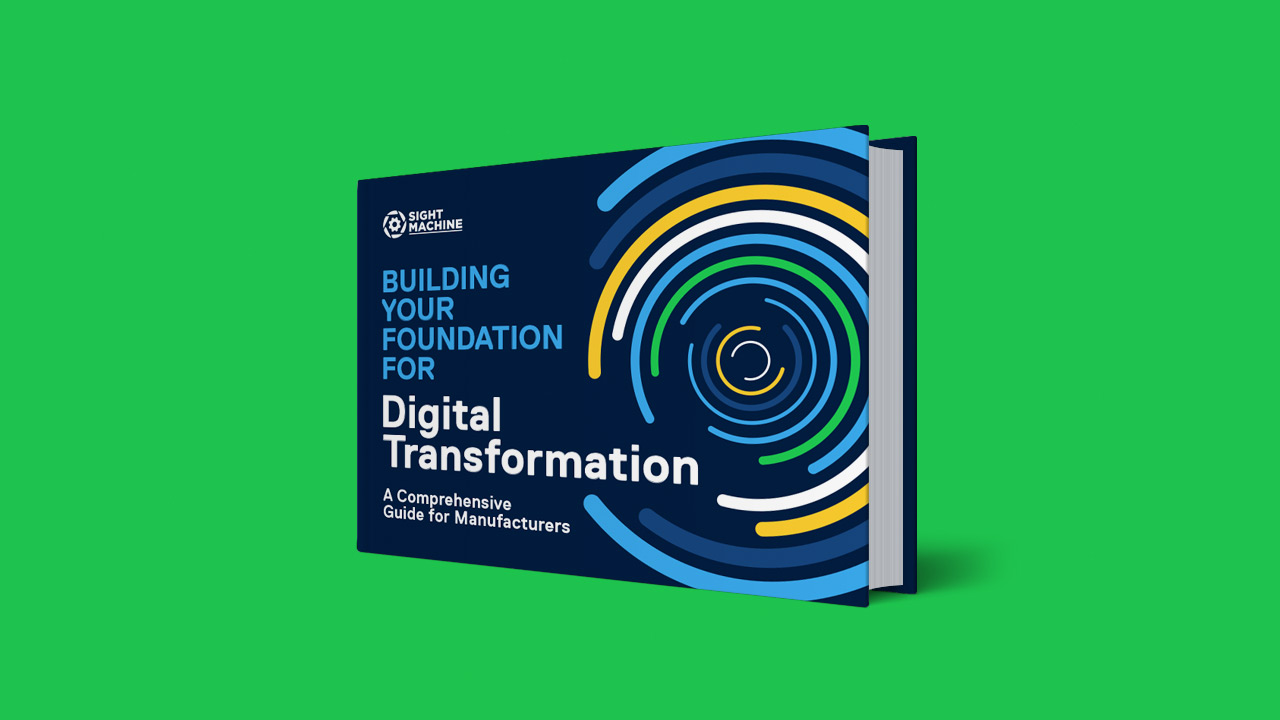Manufacturers have always wanted to make more stuff using less, whether it be less energy, smaller quantities of raw materials, or fewer people. I spend a lot of time working with factories to realize these ambitions by harnessing data to transform production.
These days, I’m seeing safety as another prime goal, not just because it’s the right thing to do, but because it’s also good business. A stellar safety record encourages employees to stay, boosts overall morale, and contributes to high rates of job satisfaction. For all these reasons, maximizing shop floor safety has become a common component in managerial incentive packages.
A key recent trend is the use of artificial intelligence to uncover hidden insights in all kinds of data across industries. The question naturally arises as to whether AI-powered data can be utilized to enhance health and safety too. The answer is yes, but in a way that might not be obvious at first.
Over the past half-century, safety systems have undergone a revolution, with the focus shifting from individual precautionary measures to team interdependence. As good as modern safety systems have become, accidents and injuries still do happen. It’s impossible to control every scenario, especially the human dynamic: things people do when equipment goes down. For example, despite knowing better, a line worker may lift up his safety glasses to take a closer look at a broken acid pump he thinks is disconnected but actually isn’t.
Human factors like this are beyond the capability of production data to predict, much less anticipate in sufficient time to prevent associated injuries. On the other hand, AI-Powered Data and machine learning technologies are exceedingly good at predicting impending equipment failure. Therefore, and perhaps counter-intuitively, the best way to ensure safety is by using data-derived insights to prevent that acid pump from breaking down in the first place.
This doesn’t mean it’s easy to do, or that any system can do it. On the contrary, it takes a unified AI-driven data platform like Sight Machine, that’s purpose-built to handle several challenging assignments. The first is ingesting and blending real-time data streams from all IoT sources and combining them with quality information and other inputs. The second is modeling the complex interrelationships between machines and processes throughout production, mapping out exactly what affects what, and when. The third is analyzing historical runs to determine optimum temperature, pressure, and other settings for each machine — in effect, charting the most reliable path through all of the production.
With such a system in place, you have the means to immediately detect if and when any condition veers out of normal range during a run. Because the platform also knows which machines will be affected downstream, and how soon, its AI engine puts two and two together — generating predictive, actionable alerts, so you can take corrective steps before an outage or failure can occur.
Maintaining production reliably in this way safeguards efficiency, quality, uptime, and safety too — because machine malfunctions or failures lead to non-routine operations which are highly likely to result in personal injury: either directly (operating or troubleshooting a machine during a failure, as in our example) or while performing follow-on repairs, inspections, or cleaning. In a nutshell, using AI-powered data to avert outages protects not just your bottom line, but the health and safety of your people as well.
Please contact me for a live demonstration of how Sight Machine achieves this goal as described in this article.
Matt Smith, Senior Director, Digital Transformation
msmith@sightmachine.com








